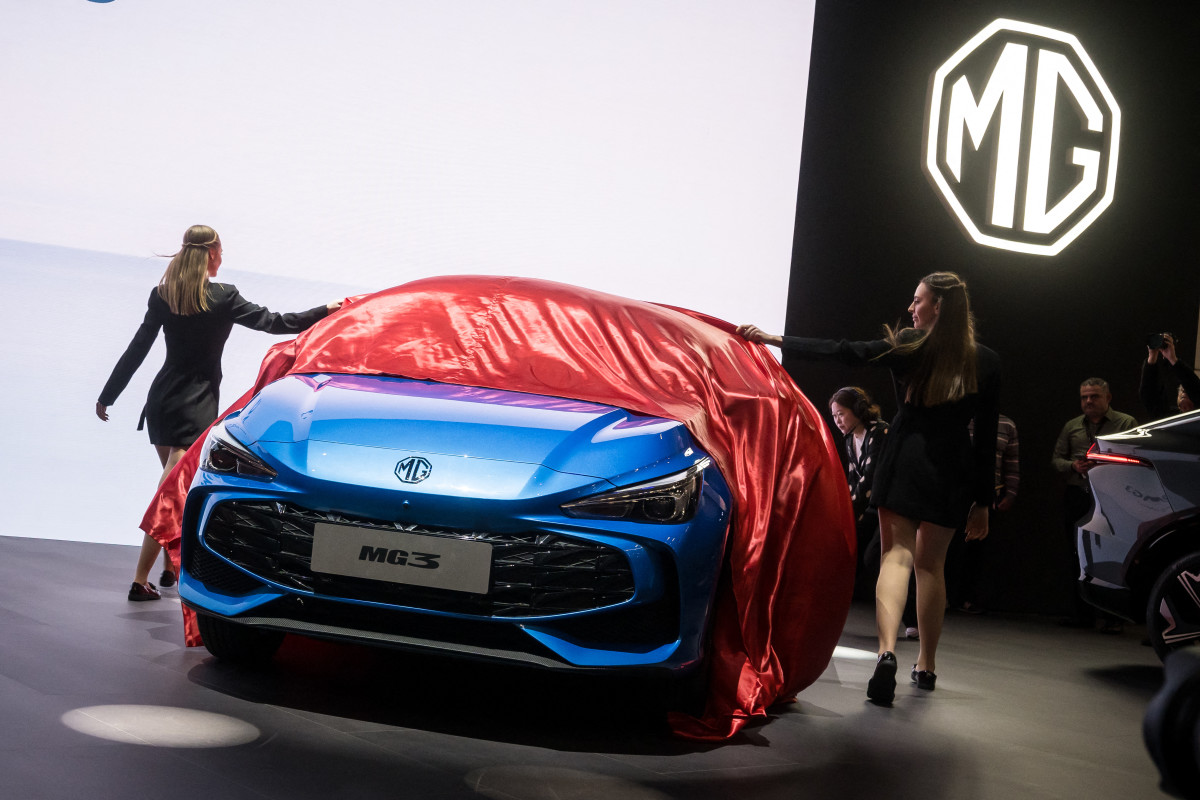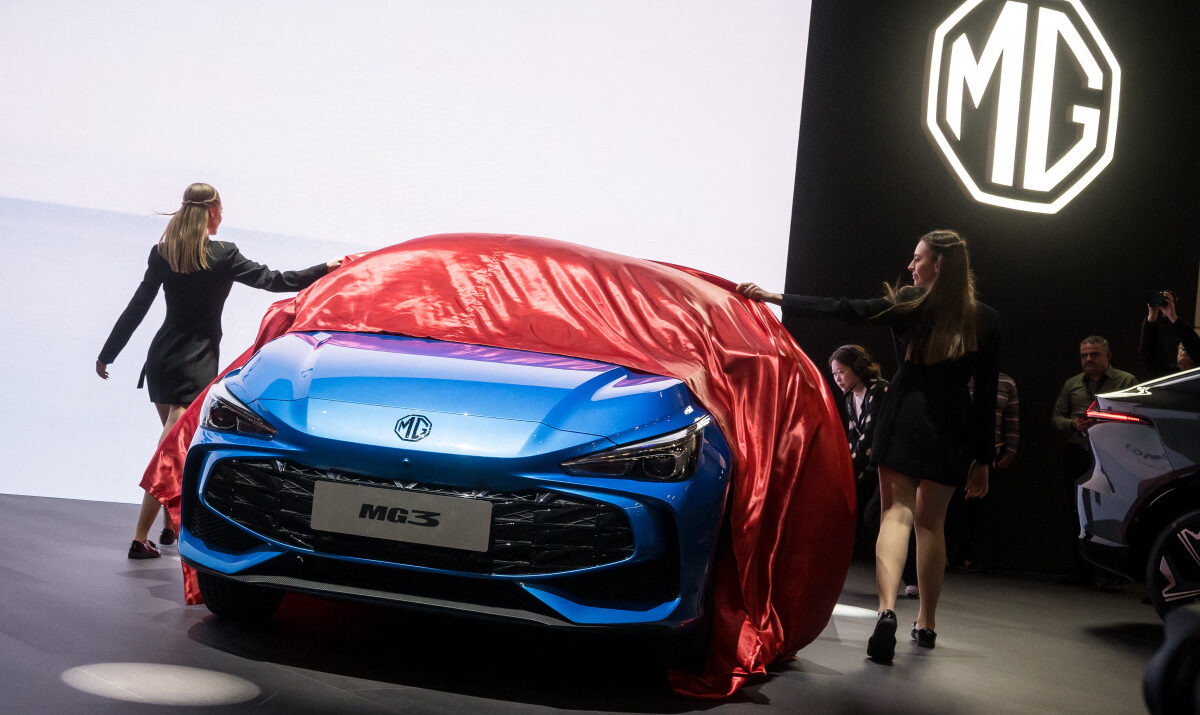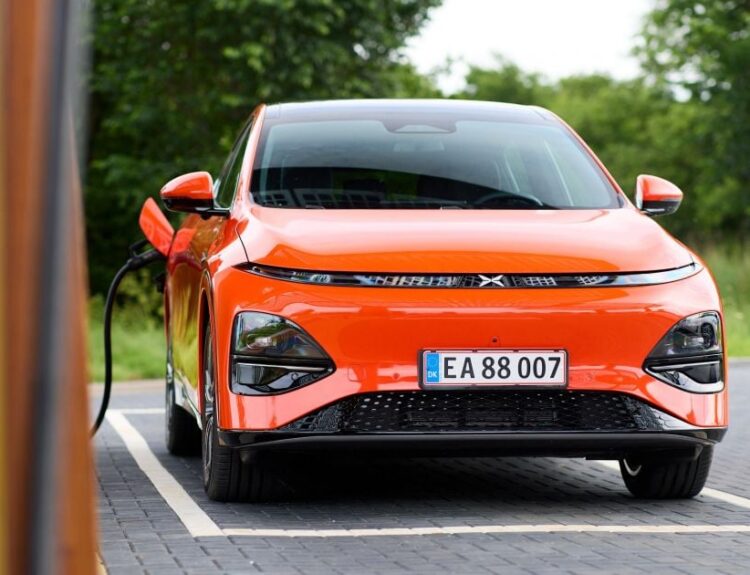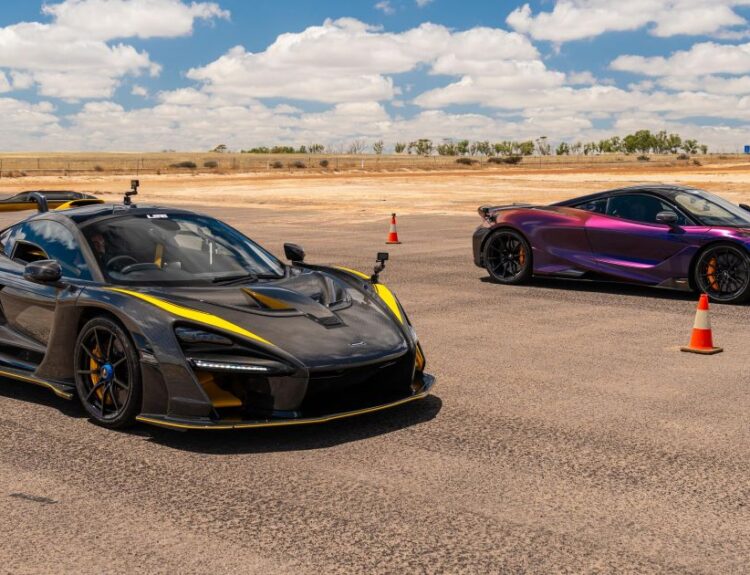
A recent wave of tariffs imposed by the European Union seeks to restrict the influx of Chinese automobiles, yet new production facilities established by major Chinese manufacturers could provide a pathway for market access.
Tariffs reaching as high as 35% on imported electric vehicles (EVs) from China have created significant challenges for Chinese auto manufacturers in the EU. These tariffs are designed to counteract state-sponsored subsidies that give Chinese automakers a competitive advantage and have already begun to reshape market dynamics. For instance, SAIC-owned MG has seen a drastic reduction in its European market share, with a staggering 58% decline in vehicle registrations reported last November compared to the previous year.
While the EU’s measures aim to create a more balanced environment for local manufacturers, Chinese automakers are actively expanding their global manufacturing capabilities to sidestep these trade barriers.
MG’s Strategic Investment in Egypt
SAIC Motor, the parent company of the MG brand, has recently unveiled a $135 million investment plan for a new manufacturing facility in Egypt. This plant, set to commence operations in 2026, will initially produce 50,000 vehicles annually, with the potential to ramp up to 100,000 units. Situated in Egypt’s New October City, this facility is strategically positioned to serve not only local and regional markets but also to facilitate access to Europe.
The factory’s inaugural model will be the updated MG5, with future plans to expand production to include various SUVs and new-energy vehicles. Establishing manufacturing capabilities outside of China could enable MG to avoid the steep tariffs levied on Chinese imports, thus making its offerings more appealing to European consumers.
Prospects for European Manufacturing
In addition to its Egyptian plans, MG is also considering the establishment of an EV-focused manufacturing facility within Europe. Reports suggest that potential locations in Spain, Hungary, and the Czech Republic are being evaluated, with Spain emerging as the leading contender. Such a European facility could effectively mitigate tariff challenges and reinforce MG’s footprint in the burgeoning EV market.
Other Chinese brands are pursuing similar localization strategies. BYD, for instance, is taking decisive steps to bolster its presence in Europe, aligning with a broader trend among Chinese automakers. Michael Shu, BYD’s European managing director, revealed that the company is contemplating the construction of a second assembly plant on the continent by 2025, building on the success of its first European EV manufacturing facility in Hungary.
A Diverse Impact on Chinese Automakers
The impact of the new tariffs has not been uniform across the board. BYD appears to be weathering the storm effectively; in November 2024, it reported 4,796 vehicle registrations in Europe, a remarkable 127% increase from the previous year—indicative of lower tariff exposure and sustained interest from both retail customers and fleet operators. Conversely, MG’s European registrations have plummeted, with only 3,762 vehicles sold in the same period, underscoring the critical need for better diversification in production and supply chains to remain relevant in the global EV marketplace.
The Broader Implications of EU Tariffs
The EU’s tariff strategy reflects a rising tide of protectionism as nations strive to protect domestic industries amid a costly shift from combustion engines to electric vehicles. By imposing higher tariffs on Chinese imports, the EU aims to provide local automakers with the necessary breathing room for the transition.
However, the effects of these tariffs vary significantly across Europe. Countries like Germany and France have witnessed a sharp decline in Chinese EV registrations, while the UK—now outside EU regulations—has seen a 17% increase in sales of Chinese vehicles over the past year.
Preparing for a Competitive Future
The stakes for Chinese automakers remain high as the European market evolves into a critical arena for the future of electric mobility. Surmounting tariff obstacles will necessitate substantial investment and innovation. Strategies such as establishing local manufacturing hubs, forging partnerships, and cultivating tariff-friendly supply chains will be vital for maintaining competitiveness.
As the EV market becomes increasingly unpredictable—driven by lagging adoption rates, fluctuating consumer preferences, and mounting political pressures—Chinese manufacturers must adeptly navigate protectionist policies and varying market dynamics.
Conclusion
While the EU’s tariffs present formidable challenges for Chinese automakers, they have also catalyzed a wave of strategic adaptations. Investments in facilities like MG’s Egypt plant and BYD’s Hungary factory demonstrate a commitment to sustaining presence in lucrative markets.
As competition in the electric vehicle sector intensifies, the ability of Chinese brands to expand their manufacturing infrastructure will be crucial in determining their success or retreat from ambitious global expansion goals. The next few years will be transformative in determining which regions ascend as leaders and which lag behind in the automotive landscape.
Source:www.autoblog.com






